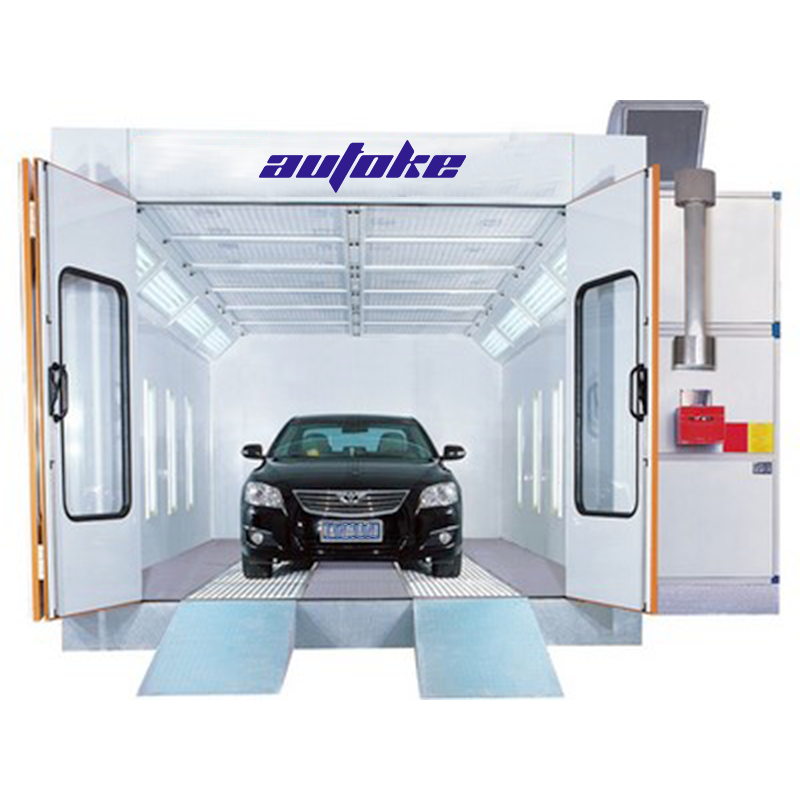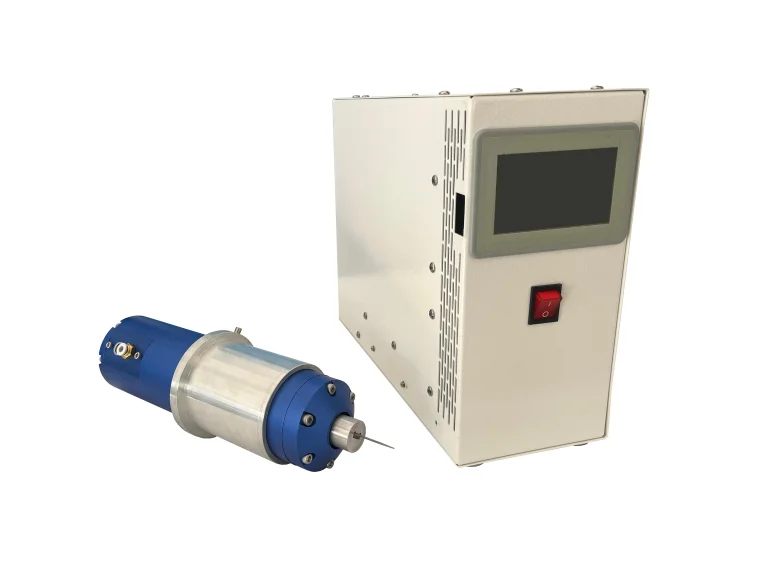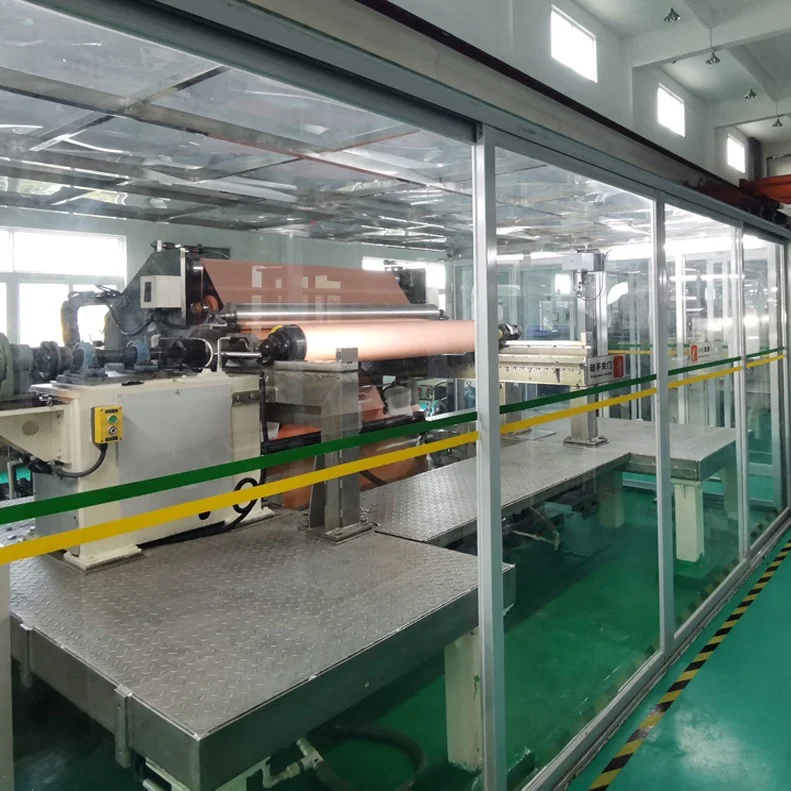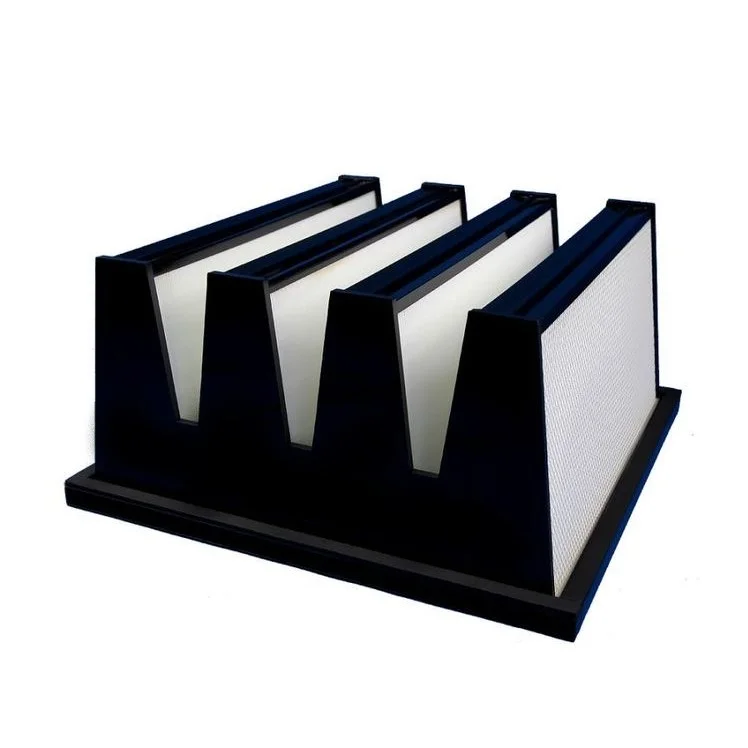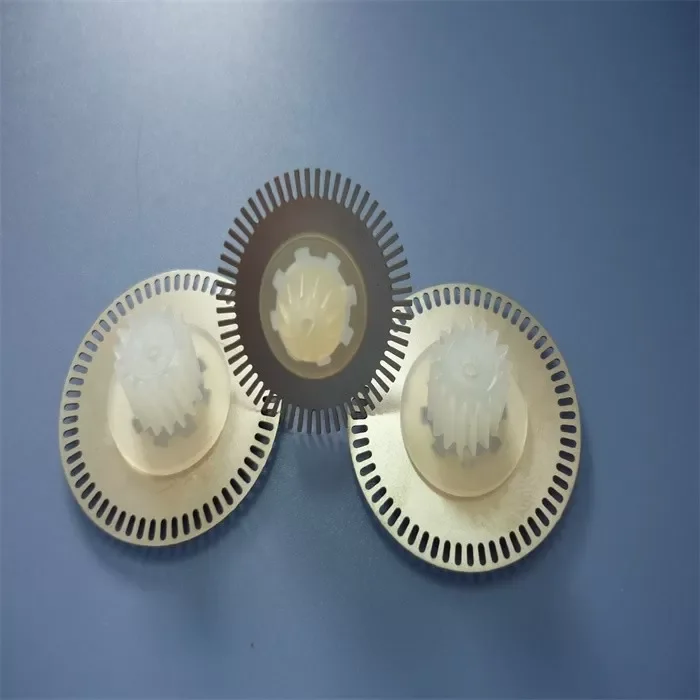Circular saws are indispensable tools in woodworking and construction, offering precision and efficiency. However, they come with inherent risks, one of the most dangerous being kickback. Kickback occurs when the saw blade binds or catches in the material being cut, causing the saw to suddenly jerk back toward the operator. This can lead to severe injuries or even fatalities. Understanding how to prevent kickback is essential for anyone who uses a circular saw. In this article, we will explore advanced techniques and best practices to minimize the risk of kickback, ensuring a safer working environment.
Understanding Kickback: The Mechanics Behind It
Before diving into prevention strategies, it’s crucial to understand the mechanics of kickback. Kickback typically occurs due to three primary factors:
- Binding of the Blade: When the blade gets pinched in the material, it can cause the saw to jerk back.
- Improper Cutting Technique: Incorrect angles or pressure can lead to instability during the cut.
- Dull or Damaged Blades: A blade that is not sharp or has been damaged can catch more easily in the material.
Key Strategies to Prevent Kickback
- Choose the Right Blade
Selecting the appropriate blade for the material you are cutting is fundamental. Different materials require different types of blades. For example, a fine-toothed blade is ideal for plywood, while a coarse-toothed blade works better for cutting through thicker lumber. Ensure that the blade is sharp and in good condition, as dull blades are more prone to binding.
- Adjust the Depth of Cut
Setting the blade depth correctly is crucial. The blade should extend only about 1/4 inch below the material being cut. This minimizes the chances of the blade binding in the material and reduces the risk of kickback. Always check the depth before starting your cut.
- Utilize the Right Cutting Technique
Proper cutting technique is vital in preventing kickback. Here are some tips:
- Maintain a Firm Grip: Always hold the saw with both hands to maintain control.
- Position Yourself Correctly: Stand to the side of the saw, not directly behind it. This positioning allows you to avoid the path of the saw in case of kickback.
- Feed the Material Steadily: Do not force the saw through the material. Allow the blade to do the work, and feed the material at a steady pace.
- Use a Riving Knife or Splitter
A riving knife is a safety feature that helps prevent kickback by keeping the kerf (the cut made by the blade) open as you cut. This prevents the material from pinching the blade. If your circular saw is equipped with a riving knife, always use it. If not, consider upgrading to a model that includes this safety feature.
- Ensure Proper Support for the Material
When cutting large sheets or long pieces of lumber, ensure that the material is adequately supported. Use sawhorses or a workbench to prevent the material from sagging, which can lead to binding and kickback. Always secure the material in place before making your cut.
- Maintain Your Equipment
Regular maintenance of your circular saw is essential for safety. Check the blade for wear and tear, and replace it if necessary. Ensure that all components, including the guard and riving knife, are functioning correctly. A well-maintained saw is less likely to experience issues that could lead to kickback.
- Stay Focused and Avoid Distractions
Distractions can lead to mistakes that increase the risk of kickback. Always stay focused on your work, and avoid engaging in conversations or multitasking while using the saw. A moment of inattention can result in serious accidents.
Conclusion
Preventing kickback on a circular saw is not just about following basic safety rules; it requires a comprehensive understanding of the tool, the material, and the techniques involved. By choosing the right blade, adjusting the depth of cut, employing proper cutting techniques, using safety features like riving knives, ensuring proper material support, maintaining your equipment, and staying focused, you can significantly reduce the risk of kickback. Remember, safety should always be your top priority when working with power tools. By implementing these strategies, you can work more confidently and efficiently, ensuring a safer environment for yourself and those around you.

